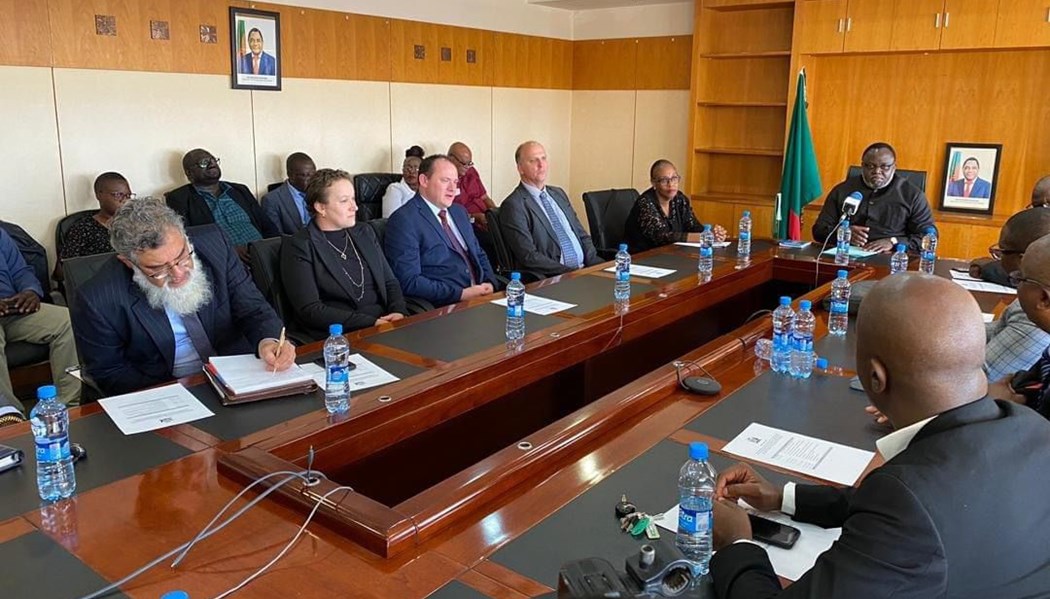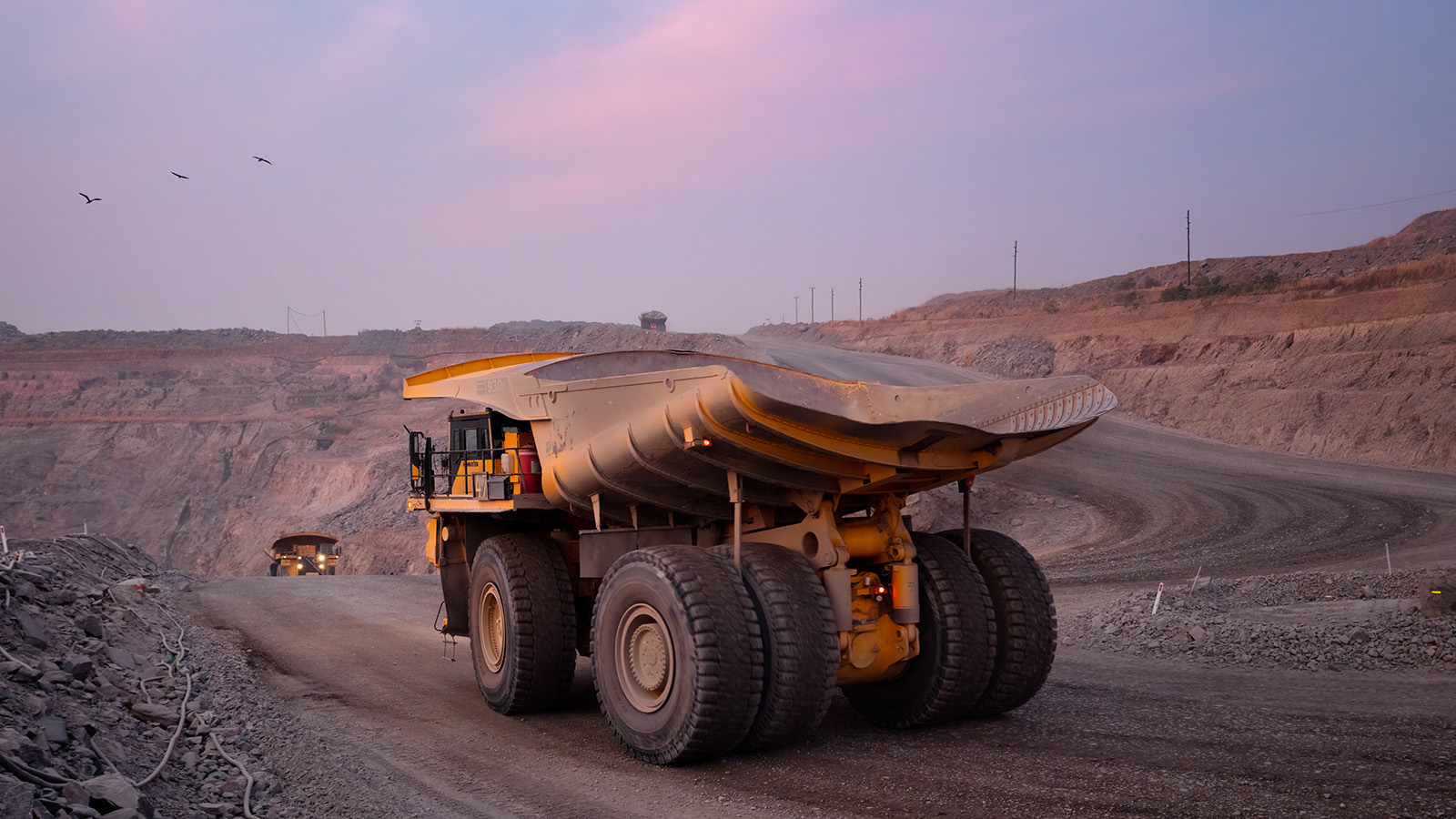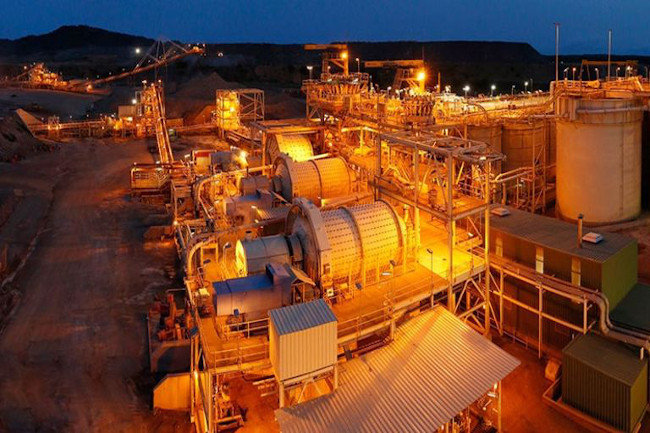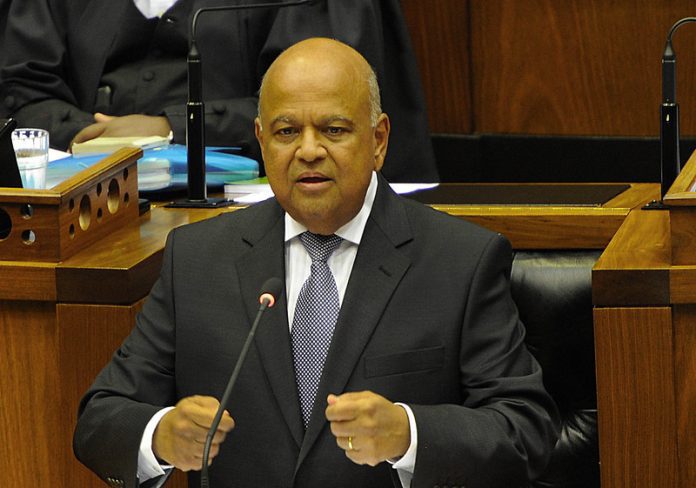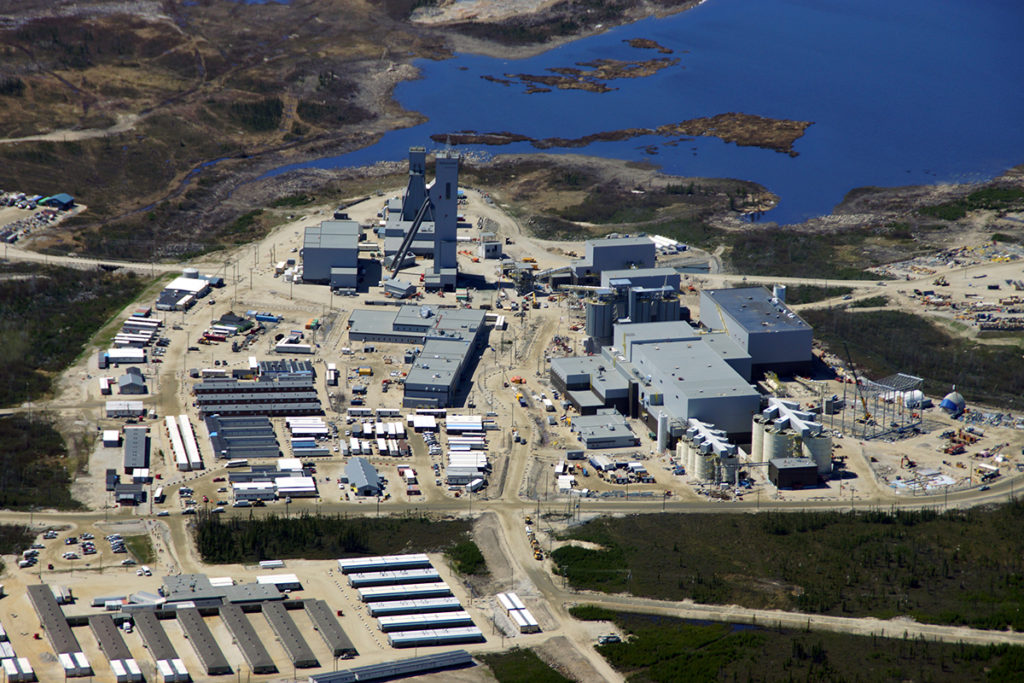Mining Other

Fueling Africa’s future
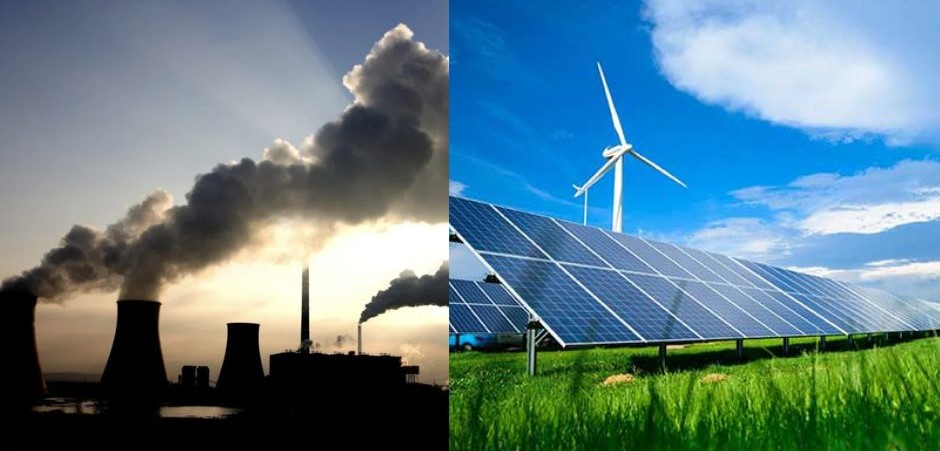
The African Energy Bank’s role in bridging the energy access gap.
Africa, a continent rich in natural resources, paradoxically faces a profound energy access crisis. By 2030, an estimated 600 million people in sub-Saharan Africa will still lack reliable electricity. This isn’t merely a statistic – it’s a fundamental barrier with far-reaching human consequences.
The absence of dependable energy creates a ripple effect across communities. It directly impacts a child’s ability to study after dusk, stifles a business’s capacity to operate and grow, and impedes a nation’s journey toward industrialisation. In its most severe form, a simple technical malfunction – like a refrigerator failing in a health clinic due to power outages – transforms into a genuine health crisis, underscoring the deeply interconnected nature of this challenge.
In light of these realities, Africa stands at a key moment in its energy history. The continent has witnessed major oil and gas discoveries, ranking among the most significant worldwide. These resources present an opportunity to ensure energy security, sustainably reduce energy costs for households and businesses, and offer affordable pricing to the entire population. In response to these challenges, the creation of the African Energy Bank (AEB) represents a genuine beacon of hope: the success of this flagship institution is no longer just an ambition, but an urgent matter of survival for the continent’s development.
The AEB, tasked with navigating complex financial landscapes and balancing urgent development needs with global climate imperatives, has set an ambitious annual target of USD25-billion a year as the required level of investment to secure universal energy access by 2030.
The AEB’s strategic funding priorities focus on ensuring a balance that supports a just energy transition, one that is appropriate and fully adapted to the realities of the African continent. While Africa possesses vast fossil fuel resources that can provide immediate energy security and support its development, the AEB will also increasingly emphasise the value of abundant renewable resources – solar, wind, hydro and geothermal – while considering nuclear as an additional option. The goal must be to construct diversified and resilient energy systems capable of meeting economic and social needs, stimulating job creation and raising living standards, all while taking into account equity, sustainable development and the specific context of each African country. This involves not only generation, but also major investments in transmission and distribution networks to ensure reliable energy access for urban centres and industrial zones.
However, the global shift away from fossil fuel financing presents a significant challenge for the AEB, particularly given its mandate to also fund oil and gas projects in the short to medium term to meet immediate energy demands. Western institutions and traditional financiers are increasingly divesting from fossil fuels, impacting the AEB’s ability to attract capital for such ventures.
To counteract this, the AEB will need to adopt a multi-pronged strategy. First, it will be necessary to champion Africa’s moral imperative to leverage its natural resources for development, emphasising the continent’s minimal historical contribution to global emissions. This frames natural gas projects as a crucial transition fuel for industrialisation and energy security, rather than a long-term dependency. Second, the AEB will have to actively diversify its funding sources, seeking capital from non-traditional partners and nations less bound by immediate divestment pressures, while maintaining a nuanced engagement with Western institutions that acknowledge Africa’s unique energy transition pathway. Finally, the bank will inevitably need to advocate for differentiated approaches, asserting that Africa’s energy transition will not mirror developed nations’, necessitating continued, strategic investment in hydrocarbons to support foundational economic growth and ultimately scale up renewable energy.
International investors often perceive African energy projects as inherently risky, leading to a higher cost of capital. Concerns frequently revolve around political instability, regulatory uncertainty, currency volatility and unpredictable demand (offtake uncertainty). To directly tackle these perceived risks, the AEB could employ a multi-faceted approach.
First, the implementation of robust financial and risk mitigation instruments, including hedging tools to manage currency fluctuations, risk guarantees, liquidity buffers and blended capital structures, will aim to absorb volatility and significantly enhance a project’s bankability.
Second, recognising the importance of a predictable operating environment, the AEB will provide crucial policy and regulatory support to African governments. While this process can be complex and slow, the goal is to foster reforms that create a stable, investor-friendly landscape, thereby reducing the likelihood of project disruptions.
Third, the AEB should offer early-stage project support. By providing catalytic equity and concessional finance during the riskiest initial phases of project development, the bank will help solidify project design and attract broader investment.
Finally, the AEB will actively form strategic partnerships. Collaborating with development finance institutions (DFIs), multilateral development banks and export credit agencies will certainly allow the AEB to leverage its specialised, de-risking mechanisms and expertise, thereby reassuring international capital.
Beyond external funding, the AEB will have to prioritise mobilising substantial domestic African-based capital from pension and sovereign wealth funds through education, policy reform and creating aggregation platforms. To bridge the wider funding gap, the AEB should pursue innovative financing models, including blended finance, green bonds, public-private partnerships (PPPs), longer loan tenors and digital platforms to enhance project bankability and attract diverse investments.
Recognising the scarcity of ‘bankable’ energy projects, the AEB could actively address this by establishing project development funds, offering technical assistance and advisory services to guide projects from origination to bankability. Furthermore, it could also support African governments in developing ‘National Energy Compacts’ for aligned, fundable electrification plans and facilitate project investment roundtables to connect developers directly with global financiers.
Achieving its ambitious 2030 targets for energy access requires the AEB to focus on several critical factors: sustained political will and policy reform from African governments, enhanced regional integration for optimal resource utilisation, and deepening domestic financial markets to mobilise local capital. Furthermore, continued innovation in financial instruments, robust capacity building across the energy sector, and strong global collaboration and support are essential to unlock private investment and ensure widespread energy access.
The AEB stands as a focus of hope for the continent and a critical enabler for Africa’s energy future. Forvis Mazars remains committed to navigating this dynamic landscape, providing the financial acumen and strategic insights necessary to contribute to a brighter, energy-secure continent.




